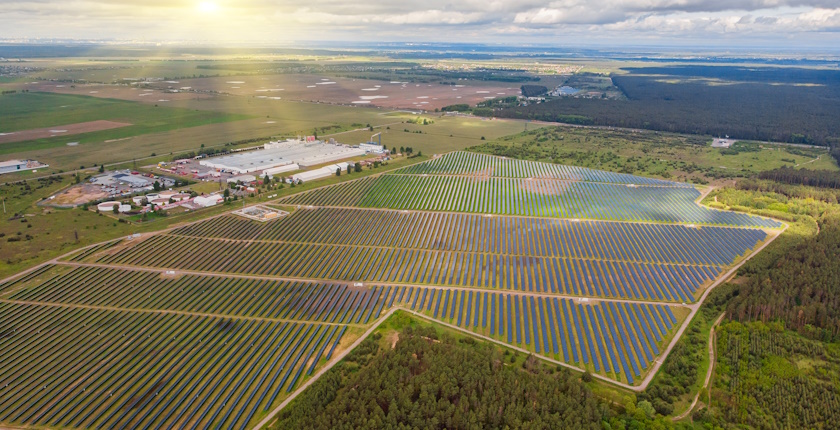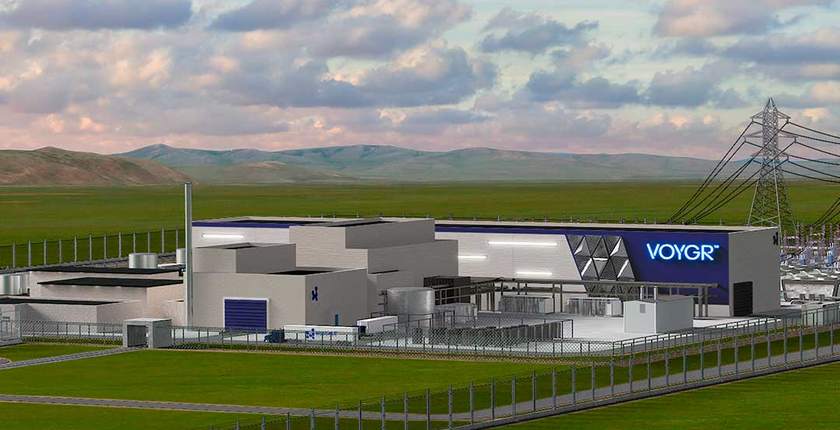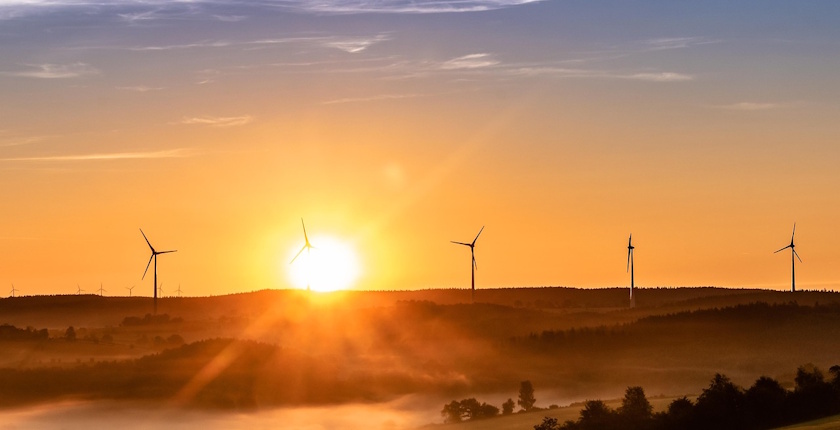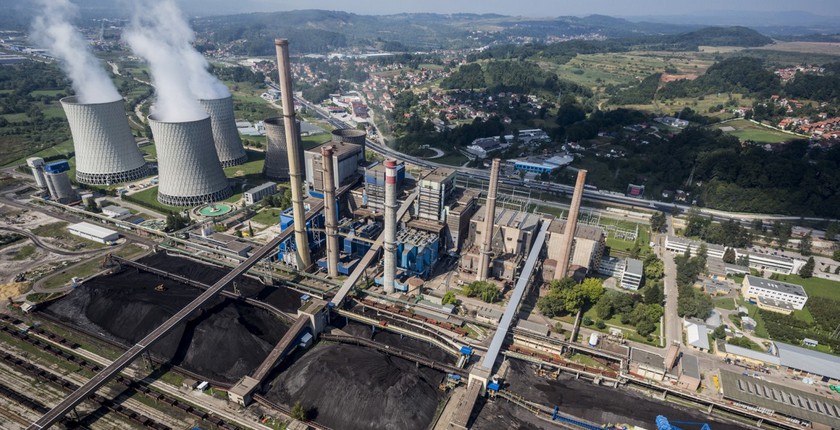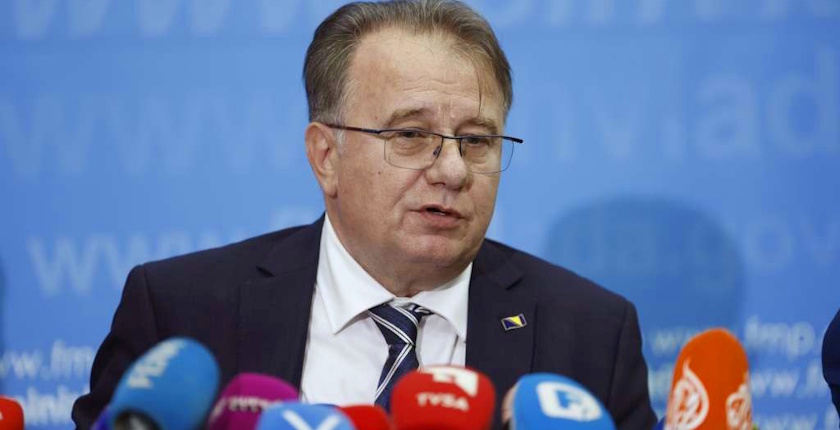
Federation of BiH prime minister says ETS could be introduced by end-2025
State institutions of Bosnia and Herzegovina and one of its two political entities, the Federation of BiH, will take joint steps aimed at introducing an emissions trading system by the end of the year, according to Nermin Nikšić, the entity’s prime minister.
According to Nikšić, the European Union’s carbon border tax, which is set to take effect on January 1, 2026, poses a serious challenge that demands swift and decisive action at the state level to protect thousands of jobs and prevent a dramatic drop in BiH’s industrial exports, the Fena state news agency reported.
Nikšić announced joint activities by entity and state institutions aimed at establishing an emissions trading system (ETS) by the end of 2025.
With the full rollout of the Carbon Border Adjustment Mechanism (CBAM) at the beginning of next year, importers in the EU will pay a tax on cement, iron, steel, aluminum, fertilizers, hydrogen, and electricity from countries without CO2 pricing systems. It applies to Bosnia and Herzegovina as well as other countries of the Western Balkans.
Nikšić: To maintain exports to the EU, Bosnia and Herzegovina must urgently establish a framework recognized by the bloc
To maintain its exports to the EU, BiH must urgently establish a framework that the bloc recognizes, Nikšić explained. He recalled that BiH is the only country in the region without an electricity exchange, and said it is time for all levels of government to act jointly and responsibly.
FBiH Minister of Energy, Mining and Industry Vedran Lakić expressed the belief that the best way for Bosnia and Herzegovina to protect its economy and keep carbon tax revenues for itself is to establish its own emissions trading system. Without such a scheme, he warned, tens of millions of euros will end up in the EU budget
The revenues would be used to modernize production facilities, reduce emissions, and speed up the green transition, said Lakić.
According to him, the ministry is preparing financial support, through the FBiH Development Bank, for businesses that decide to install solar panels. This, he claims, will enable them to produce electricity for their own needs and avoid CBAM.
Hope dies last
Bosnia and Herzegovina and Montenegro have requested delaying the CBAM implementation, as did the European Network of Transmission System Operators for Electricity (ENTSO-E), but the EU confirmed it would proceed as planned. The Energy Community Secretariat pointed out that none of its contracting parties, including Western Balkan countries, would be able to get an exemption for electricity before the tax begins to be charged.
As January 1 is just months away, CBAM’s impact will become clear relatively soon. In Serbia, the National Alliance for Local Economic Development (NALED) recently warned that the carbon border tax would threaten jobs and businesses that employ about 7% of the country’s workforce and account for 11% of its GDP.
In Bosnia and Herzegovina, an official analysis has shown that CBAM could cost the country’s economy between EUR 369 million and EUR 1.62 billion through 2030.

